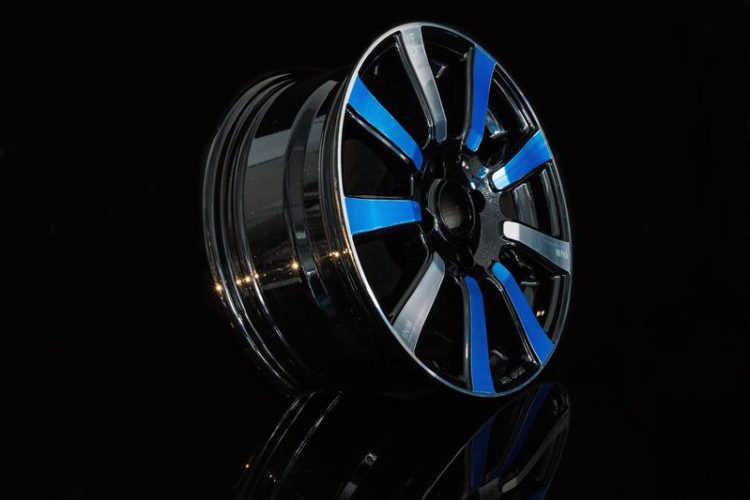IAA: Glass-like coatings for automotive parts combine protection with beautiful colour

Glass-like coatings for automotive parts combine protection with beautiful colour. Copyright: INM; free within this press release
If drivers want to make an impression with their vehicle, decorative elements such as coloured wheel rims, brake calipers, exhausts, footboards or bodywork and engine components are increasingly being added. In an ideal scenario, it is possible to combine decorative coatings with protection from corrosion and wear.
INM will be presenting such coatings at this year's IAA International Motor Show. It will present its results in cooperation with automotive.saarland in Hall 4.0 at Stand D27.
The coatings have glassy and glass-ceramic properties. They therefore reduce the level of corrosion and wear, susceptibility to scratching or tarnishing and other processes of oxidation on surfaces.
To complement these protective properties, depending on the choice of colour pigments, the INM production method can be used to produce the colours of red, black, green, white and blue for decorative purposes with stability at high temperatures.
These functional coatings are suitable for metallic substrates such as steel, aluminium or alloys or as a protective layer for glassy components.
“In addition to the properties which have been mentioned, our production method also opens up other possibilities,” says Peter William de Oliveira, head of the Optical Materials program division. These include possible non-stick properties, a certain flexibility in the layer or also the possibility of electrical insulation as a result of the vitreousness.
The INM uses special silicates for the coatings. They are converted into a sol-gel nanocomposite in a single-step reaction. Depending on the colour pigment and the substrate, this means that surfaces can be hermetically sealed at from 200 to 800 degrees Celsius.
The thickness of these layers ranges from two to ten micrometres. Curved and flat surfaces can easily be covered with the coating in immersion chambers or spray booths.
Your expert at the INM:
Dr. Peter William de Oliveira
INM – Leibniz Institute for New Materials
Head Optical Materials
Head InnovationCenter INM
Phone: +49681-9300-148
peter.oliveira@leibniz-inm.de
INM conducts research and development to create new materials – for today, tomorrow and beyond. Chemists, physicists, biologists, materials scientists and engineers team up to focus on these essential questions: Which material properties are new, how can they be investigated and how can they be tailored for industrial applications in the future? Four research thrusts determine the current developments at INM: New materials for energy application, new concepts for medical surfaces, new surface materials for tribological systems and nano safety and nano bio. Research at INM is performed in three fields: Nanocomposite Technology, Interface Materials, and Bio Interfaces.
INM – Leibniz Institute for New Materials, situated in Saarbrücken, is an internationally leading centre for materials research. It is an institute of the Leibniz Association and has about 210 employees.
Media Contact
More Information:
http://www.inm-gmbh.deAll latest news from the category: Trade Fair News
Newest articles

NASA: Mystery of life’s handedness deepens
The mystery of why life uses molecules with specific orientations has deepened with a NASA-funded discovery that RNA — a key molecule thought to have potentially held the instructions for…

What are the effects of historic lithium mining on water quality?
Study reveals low levels of common contaminants but high levels of other elements in waters associated with an abandoned lithium mine. Lithium ore and mining waste from a historic lithium…

Quantum-inspired design boosts efficiency of heat-to-electricity conversion
Rice engineers take unconventional route to improving thermophotovoltaic systems. Researchers at Rice University have found a new way to improve a key element of thermophotovoltaic (TPV) systems, which convert heat…



